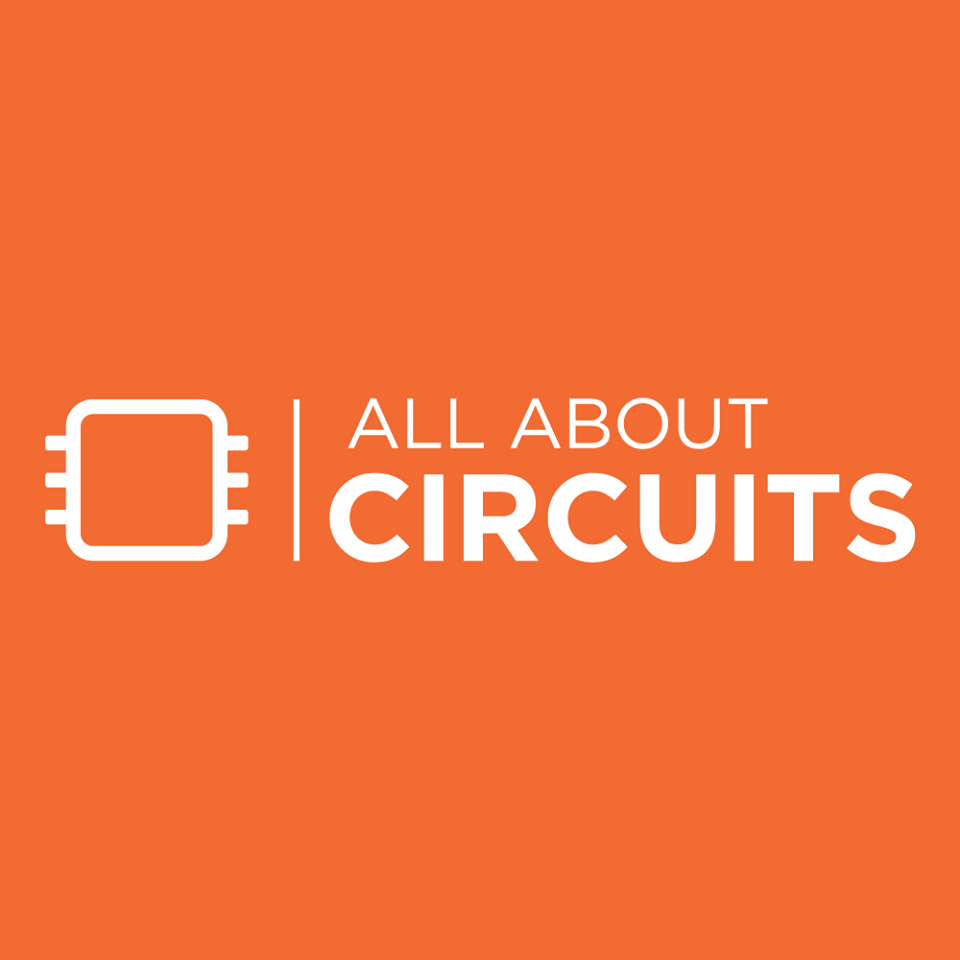Is there any reason not to use caps in series to get a lower value (other than cost)?
If you put 2 10uF caps in series, you end up w/5uF...
What I don't understand is, if you connect 2 10uF 100VAC in series, then, why wouldn't the VAC rating be 400? ( x2 caps and 1/2 the value so x2 for that also )
Anyway, I was curious because I've never seen mentioned putting caps in series when discussing speaker crossovers? Seems like this is an easy way to get very precise values adjusting down too (not just up) - I often see putting multiple caps in parallel mentioned, but never in series...
If you put 2 10uF caps in series, you end up w/5uF...
What I don't understand is, if you connect 2 10uF 100VAC in series, then, why wouldn't the VAC rating be 400? ( x2 caps and 1/2 the value so x2 for that also )
Anyway, I was curious because I've never seen mentioned putting caps in series when discussing speaker crossovers? Seems like this is an easy way to get very precise values adjusting down too (not just up) - I often see putting multiple caps in parallel mentioned, but never in series...








Comment